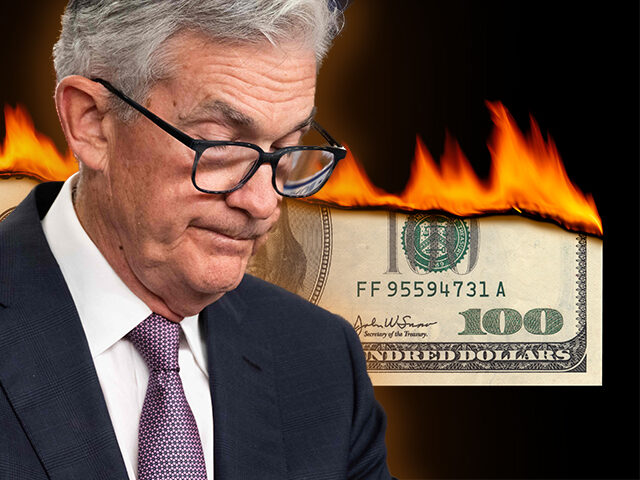CPI Was Good Enough for a Pause…
The April inflation report will keep the Federal Reserve on track to pause rate hikes at its meeting next month.
The consumer price index (CPI) was up 4.9 percent compared with a year ago, slightly below the five percent 12-month gain seen in March and the five percent forecast by economists. This is the tenth straight month of declines in the year-over-year pace of inflation.
On a monthly basis, however, inflation re-accelerated, rising 0.4 percent after the mild 0.1 percent in March. That puts another check in the April acceleration column on the recession scorecard we’ve been keeping for the past several weeks. It sits alongside the April jobs numbers and the S&P Global purchasing manager indexes as an indicator that the economy may have regained some steam as the green shoots of April pushed up through the soil.
Core prices, which exclude food and energy, are basically going nowhere. They rose 0.4 percent in April, just as they had in March and only slightly below February’s 0.5 percent. This was in line with expectations, which only goes to show that expectations have caught up with the fact that core inflation has become sticky.
On a year-over-year basis, core prices were up 5.5 percent, a smidge below the 5.6 percent recorded in March and also in line with expectations. To put that into context, this is highly elevated compared to where forecasters thought we would be as we entered the second quarter of this year. Inflation is remaining much more persistent than expected just a few months ago.
The Fed’s policy bias, however, is toward pausing. It is worried about causing further turmoil in the banking sector. Officials are also convinced that the lagged effects of the ten previous hikes are still working their way through the economy and that financial conditions will continue to tighten even as the policy rate remains unchanged. They would like to step back from the hikes and see how things go.
Even the more hawkish members will be able to take some reassurance from the fact that the policy rate is now above the rate of inflation for the first time since this inflationary surge began. The dovish members will look at the numbers and see nothing to scare them away from pausing.
…But Should It Be Paused?
It’s always dangerous to rely too much on one month’s data. Jason Furman has helpfully calculated the averages over various time spans. As you can see, they show core inflation basically going sideways.
Our preferred measures of underlying inflation, which we think points to the likely direction of inflation in the near future, is the Cleveland Fed’s median CPI and 16 percent trimmed mean CPI metrics. Median CPI rose 0.4 percent in April, exactly as it did in March. The alignment of median CPI, core CPI, and headline CPI suggests that inflation is no longer being driven by outliers but has converged on a central tendency and is likely to remain sticky at this elevated level.
Over the past 12 months, median CPI is up seven percent. Since December, when median CPI was also seven percent, this has been stuck in a range between seven percent and 7.2 percent. In other words, there’s no sign of underlying progress. And the fact that median is above the headline and core suggests that the underlying pressures remain strong. That means the risk to inflation remains to the upside.
The 16 percent trimmed mean inflation measure actually accelerated on a month-to-month basis, rising to 0.3 from 0.2 percent. Year-over-year trimmed mean inflation ticked down to 6.1 percent from 6.2 percent, which is not much progress at all.
The strength of underlying inflation means that there would be some risk involved in a Fed pause. Instead of disinflationary pressures of past rate hikes continuing to push inflation down, the underlying forces may push it back up. A surge in inflation after a Fed pause could be highly damaging to Fed credibility and force the central bank to react with an even harsher series of rate hikes than if it had kept at it for a few more months.

COMMENTS
Please let us know if you're having issues with commenting.